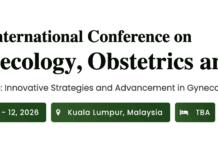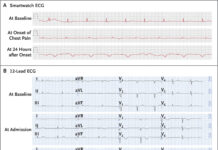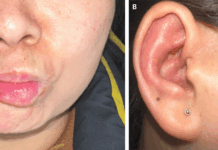There was no need for a squamous cell carcinoma. Noma was bad enough. Poor woman!
A woman, aged 66, was admitted to the Stomatology Department of the first affiliated hospital of Bengbu Medical College. She had necrosis in her left maxillary tissue for more than 50 years. It was a measles infection that caused oral tissue rupture and ulcers in her left maxilla. The ulcers brought in chronic pain and although the woman resorted to a lot of traditional Chinese herbs and remedies, the pain and facial defect did not come around.
Examination Reveals an Inevitable Nightmare
The patient had financial restraints due to which she could not seek a proper treatment until now. On the very first day of her admission to hospital, the doctors conducted a thorough examination. One third of her face was clearly deformed. There was drooping of the left lower eyelid, congestion in left conjunctiva and serious defects in the left maxillary region.
The patient’s left upper lip was ruptured and her nasal septum was also exposed from the left. A necrotic tissue colonized the entire space with some purulence drilling in too. The diagnosis was clear, facial deformation instituted by Noma (a disease of severe facial and oral defects that often stem from gingival ulcers).
An Instant Surgery
The patient was operated upon, without delay. A significant portion of her left maxillary tissue was resected along with a number of teeth in the same region. A flap from the left forearm was rolled in to replace the lost tissue.
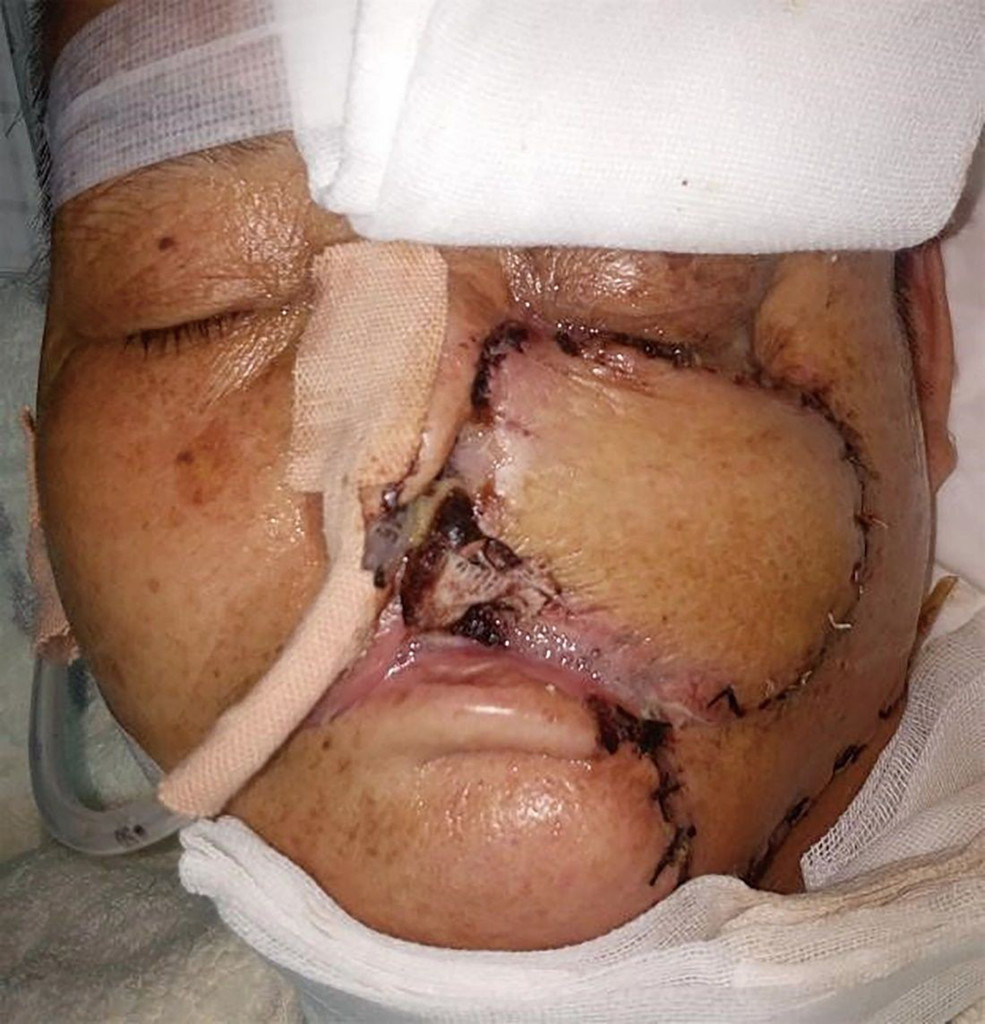
The Repair Fails to Hold things Together
There were no complications after the surgery. However, the flap came off just 1 week after the surgery. This left the nasal septum along with the eyelid cleft exposed. The doctors did a pathological analysis of the exposed part. Bad thing, it revealed a well differentiated squamous cell carcinoma.
The patient received chemotherapy monthly for about 6 months. Fortunately, it did the trick and no recurrence or metastasis was seen thereafter. However, the defect remained open. Doctors suggested a maxillofacial prosthesis but the patient refused because she could not afford the expenses.
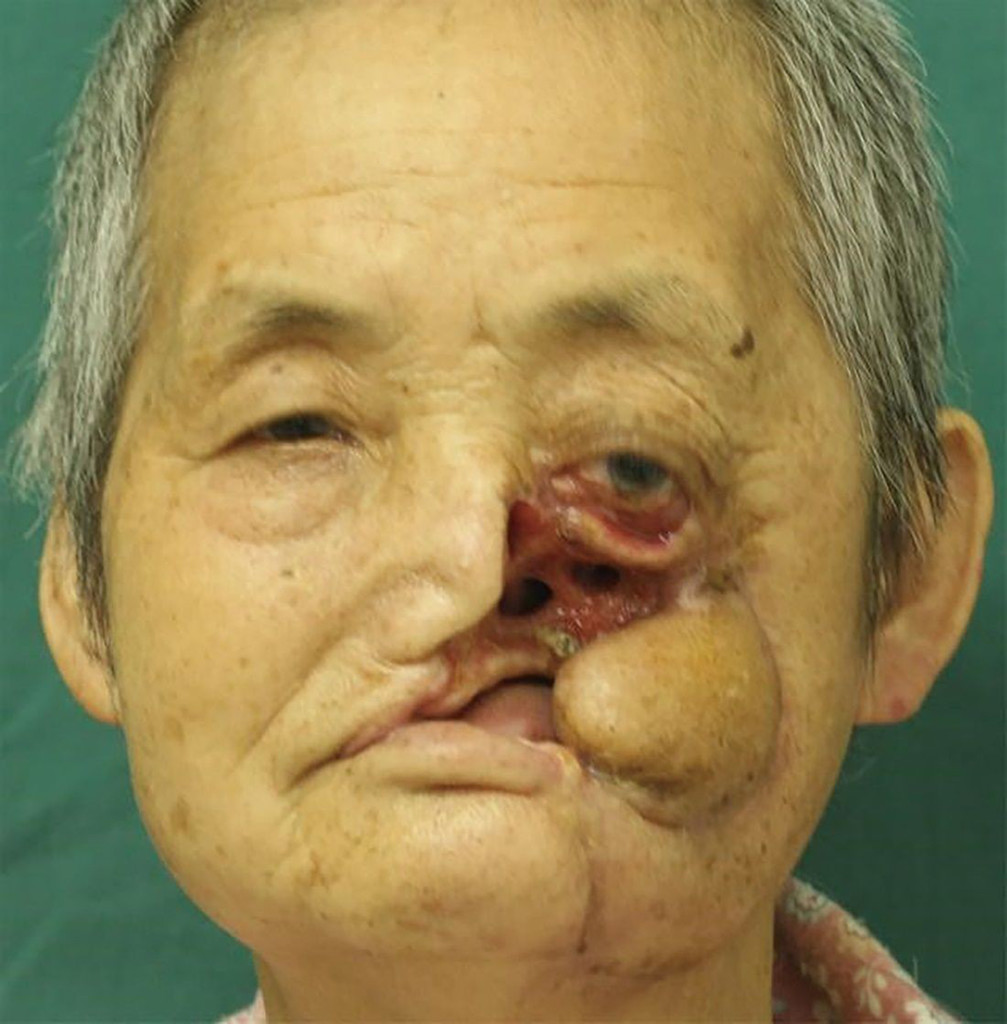
As of now, the defect still plagues her otherwise beautiful face.
References
1-https://www.ajtmh.org/view/journals/tpmd/103/4/article-p1697.xml


